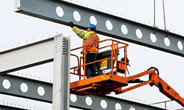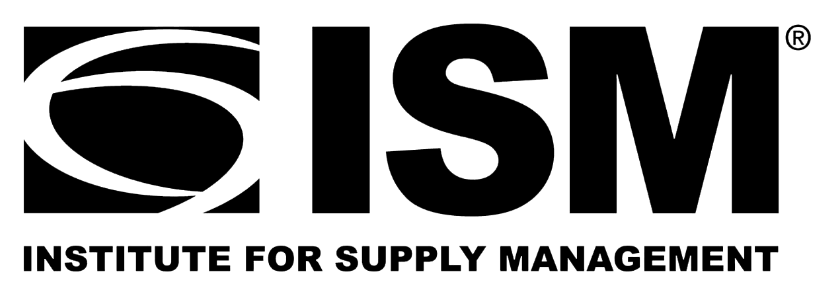Economy

Worldsteel projects steel demand to grow 1.7% this year
Written by David Schollaert
April 9, 2024
Global steel demand will reach roughly 1.793 million metric tons (1.976 million short tons) this year, an increase of 1.7% over 2023, the World Steel Association (worldsteel) said in its updated Short Range Outlook report.
The gain will come after a 0.5% contraction in steel demand in 2023. Demand is forecasted to increase another 1.2% in 2025, reaching 1.815 million mt, the report said.
The global economic outlook continues to be impacted by monetary tightening. Worldsteel said the global economy has shown resilience despite the headwinds of tightening credit conditions and rising costs slowing construction and manufacturing sectors globally.
“After two years of negative growth and severe market volatility since the [Covid-19] crisis in 2020, we see early signs of global steel demand settling in a growth trajectory in 2024 and 2025,” commented Dr. Martin Theuringer, chairman of worldsteel’s Economics Committee.
Worldsteel expects emerging economies to grow at faster rates than developed economies. However, the developed world should still see growth of 1.3% and 2.7% in 2024 and 2025, respectively.
“While it seems the world economy will experience a soft landing from this monetary tightening cycle, we expect to see global steel demand growth remaining weak and market volatility remaining high on lagged impact of monetary tightening, high costs and high geopolitical uncertainties,” added Theuringer.
For the US, steel demand is expected to quickly return to a growth path in 2024 after a sharp drop in 2023 resulting from a slowdown in housing, the report said. The infrastructure bill and Inflation Reduction Act (IRA) should support the uptick in demand.

David Schollaert
Read more from David SchollaertLatest in Economy

New York state manufacturing index drops again in April
Firms were pessimistic, with the future general business conditions index falling to its second lowest reading in the more than 20-year history of the survey

Construction adds 13,000 jobs in March
The construction sector added 13,000 jobs, seasonally adjusted, in March, but tariffs could undermine the industry.

Supply chains, end-users brace for impact from tariffs
Supply chains are working through what the tariffs mean for them

ISM: Manufacturing expansion loses steam after two months of growth
US manufacturing activity slowed in March after two straight months of expansion, according to supply executives contributing to the Institute for Supply Management (ISM)’s latest report.

Chicago Business Barometer rose to 16-month high in March
The Chicago Business Barometer increased for the third-consecutive month in March. Despite this, it still reflects contracting business conditions, as it has since December 2023.
